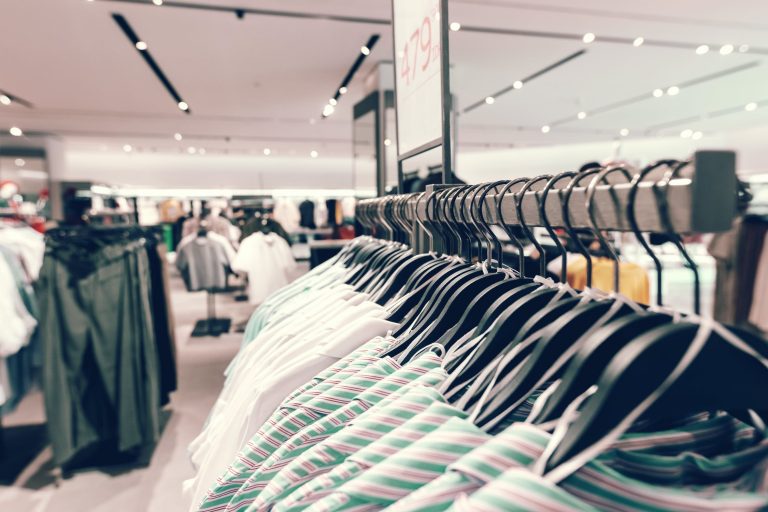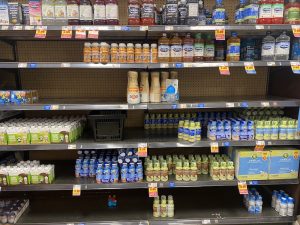How is COVID-19 changing U.S. retail? Changing shopper preferences and habits, and cutthroat competition.
Some major retailers are closing their doors, but others are thriving by offering new products, and startups are developing products to ease coronavirus stress. In retail, it always adds up to “survival of the fittest,” but in coming months, “the industry must brace for major upheaval,” says this May 2020 analysis from the Wharton School.
In-store shopping, which generated over 80 percent of retail sales before COVID-19, is expected to be critical when doors open, even for retailers with strong online operations, “Click and collect” popularized during the pandemic may become part of the “new normal” retail experience. Also expected to gain traction, too are discount and value sectors including grocery, apparel, and general merchandise, as well as private-label (Trader Joe’s, Aldi, Walmart, Target, dollar stores) and off-price retailers (TJ Maxx, Marshall’s, and Nordstrom Rack).
What will the retail landscape look like, post-pandemic? Business reporters can find the clues by doing some legwork on these three angles:
The shifting state of major retail
Some major retailers are going out of business, some are closing stores, and others are innovating. J Crew, Neiman Marcus, and Nordstrom announced bankruptcy filings early in the pandemic, but to date, nearly two dozen major retailers have filed for bankruptcy. As shoppers continue to veer away from brick-and-mortar stores, and malls, as many as 25,000 stores are expected to close in 2020, up from 9,800 in 2019, according to projections from Coresight Research. Meanwhile, companies including Nike, Under Armour, Gap, New Balance, and Jockey have been producing pandemic-related products, while some have switched lanes: Fiat Chrysler began producing face masks, and Anheuser-Busch InBev made hand sanitizer.
Draw up a list of the major retailers with a physical presence and/or strong sales in your area to interview. What brands and retailers are positioned for a rebound, and why? Use your news organization’s social media to ask consumers how their shopping habits and priorities have changed.
The state of retail in your state
While the nation’s largest private-sector employer directly employs 29 U.S. workers, retail supports one in four U.S. jobs, according to the industry’s trade association, the National Retail Federation (NRF). To see the impact of COVID-19 on your state, click on this map from the NRF to get a picture of retail in your state. Talk to your state Chamber of Commerce, and Department of Labor to get an insight on what they are seeing. How are they working with local business districts to help them innovate? Are any companies diversifying their supply chain, and bringing some manufacturing back to North America? Are any operations making plans to open micro-factories?
What local businesses and startups are thriving because of COVID-19?
After the Great Recession, cupcake bakeries and food trucks lifted local economies. In Springfield, Missouri, sales exploded in March for StepNPull, a hands-free, foot-operated door opener. What local businesses are doing well in your area? This list from the U.S. Chamber of Commerce highlights 15 small businesses that are thriving. What surprising startups are making a splash in your area? How will their operations change post-pandemic, to keep growing?










